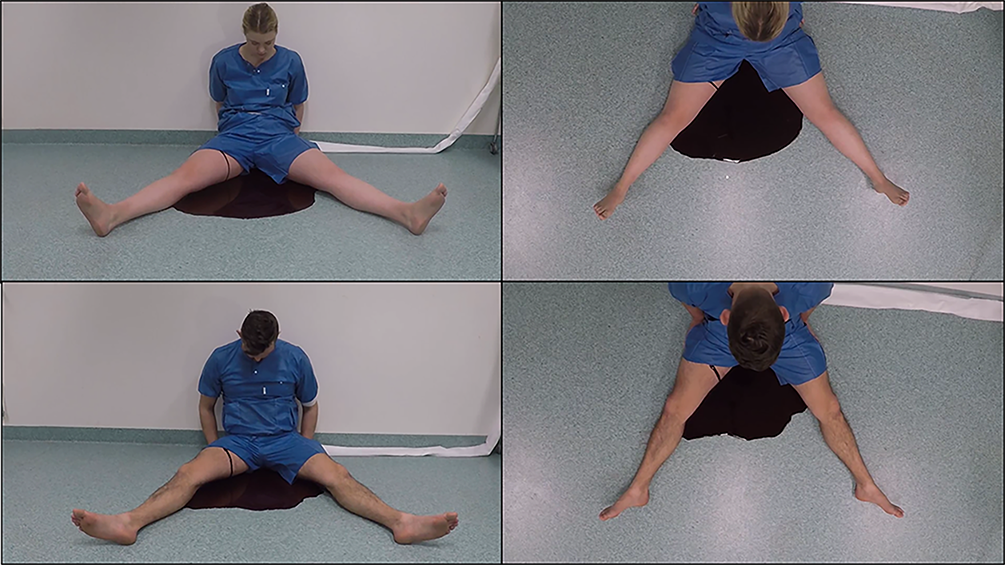“You say there is a lot of blood, can you please assess how much?”
Estimation of blood loss by laypersons is affected by blood volume, victim gender and perspective.
What does a life-threatening blood loss look like? Massive blood loss can lead to death within minutes, and in many cases it is a bystander, a novice, who starts the trauma chain of survival by calling emergency services and providing immediate first aid. Researchers at The Center for Disaster Medicine and Traumatology and Old Dominion University examined factors that may influence visual blood loss estimation accuracy and perceptions of severity using medical laypersons. Previous research in this area has predominantly focused on medical experts and has not examined the effects of situational factors on estimation accuracy.
Study participants were asked to view a series of short videos depicting a female or a male actor bleeding from a cut to the inner thigh. The videos portrayed different volumes of blood loss via the size of the blood pool on the floor. Participants were asked to estimate the volume of blood present and to indicate the severity of the blood loss.

In line with previous research, small volumes of blood loss were overestimated and large volumes underestimated. Unlike previous research, the current study shows specifically at what volumes that the estimation goes from being an overestimation to an underestimation, and how the size of the estimation error changes over the blood loss volume. Additionally, unlike previous research, this study included victim gender as a variable of interest. The results show that blood volumes were underestimated more when the actor was female, regardless of volume of blood.
“The interesting find was that though large volumes of blood loss were underestimated for both genders, the underestimation was larger for women and the classification response times were slower”, says Dr. Rachel Phillips, Visiting Assistant Professor of Psychology at Old Dominion University.
Blood loss was graded as life-threatening more often for males than for females. Since the immediate responders available to assist at incidents with massive blood loss are likely to be medical laypeople, it is important to understand their estimation of blood loss, factors that may affect estimations, and the consequences that these can have on first aid decisions concerning how to stop the bleed.
“Our results suggest that gender related biases in visual blood loss estimation is an area in need of additional attention, not only in terms of how it impacts first aid decisions made by laypeople but also those made by medical professionals”, says Dr. Rachel Phillips.
Read the article:
Phillips R, Friberg M, Lantz Cronqvist M, Jonson CO, Prytz E (2020)
Visual estimates of blood loss by medical laypeople: Effects of blood loss volume, victim gender, and perspective.
PLOS ONE 15(11): e0242096.
https://doi.org/10.1371/journal.pone.0242096